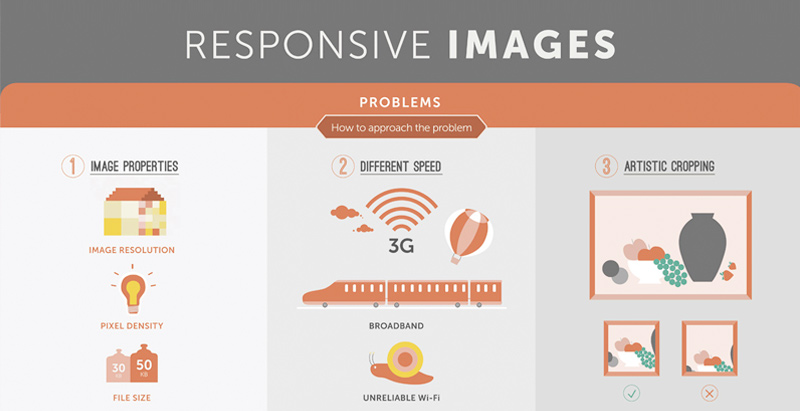Intrigued In Discovering Just How Web Site Design Has Changed For Many Years? Discover The Progression From Fundamental, Simple Designs To User-Centered Approaches That Focus On The Requirements And Preferences Of Online Site Visitors
Intrigued In Discovering Just How Web Site Design Has Changed For Many Years? Discover The Progression From Fundamental, Simple Designs To User-Centered Approaches That Focus On The Requirements And Preferences Of Online Site Visitors
Blog Article
Personnel Author-Dalrymple Wong
In the past, web sites were basic and focused on info. Navigation was straight, and style was for desktops. Now, user experience is crucial. ada compliant website requirements guides layouts for easy navigating. Responsive layouts fit various gadgets. Today, dark mode minimizes pressure, and minimalist food selections improve navigating. Interactive functions involve customers, and vibrant visuals stick out. AI integration improves interaction. See exactly how layout has developed to enhance your online journey.
Very Early Days of Website Design
In the early days of website design, simpleness preponderated. Web sites were fundamental, with limited colors, typefaces, and formats. The emphasis was on offering information rather than flashy visuals. Users accessed the internet with slow dial-up connections, so speed and functionality were vital.
Navigating menus were straightforward, usually situated on top or side of the page. Web sites were created for home computer, as mobile surfing had not been yet widespread. Web content was king, and designers focused on very easy readability over intricate style components.
HTML was the primary coding language made use of, and developers needed to work within its restraints. Animations and interactive functions were marginal compared to today's requirements. Internet sites were fixed, with little vibrant web content or tailored individual experiences.
Surge of User-Focused Layout
With the advancement of site design, a change in the direction of user-focused design principles has become increasingly noticeable. Today, producing web sites that prioritize customer experience is crucial for involving visitors and accomplishing company objectives. User-focused design involves recognizing the needs, choices, and actions of your target market to customize the site's format, web content, and includes accordingly.
Developers currently perform extensive research study, such as customer surveys and use screening, to gather insights and responses directly from individuals. This data-driven technique aids in developing intuitive navigation, clear calls-to-action, and aesthetically appealing user interfaces that reverberate with site visitors. By placing the customer at the center of the style process, web sites can deliver a much more personalized and satisfying experience.
Responsive layout has actually likewise become a crucial aspect of user-focused layout, ensuring that web sites are enhanced for various tools and screen sizes. This adaptability improves ease of access and use, accommodating the diverse means customers communicate with web sites today. Essentially, the increase of user-focused design represents a shift in the direction of producing digital experiences that prioritize the requirements and assumptions of completion individual.
Modern Trends in Website Design
Explore the latest trends forming website design today. One prominent trend is dark mode layout, supplying a streamlined and modern appearance while reducing eye stress in low-light atmospheres. mouse click the following internet site is minimal navigation, streamlining menus and enhancing user experience by focusing on essential elements. Incorporating micro-interactions, such as computer animated switches or scrolling results, can develop a much more appealing and interactive web site. Receptive layout continues to be crucial, making certain seamless customer experiences throughout numerous devices. Furthermore, making use of strong typography and asymmetrical formats can add visual passion and accentuate details material.
Integrating AI technology, like chatbots for consumer assistance or personalized referrals, improves individual engagement and simplifies procedures. Availability has additionally end up being a considerable trend, with designers prioritizing comprehensive style practices to deal with varied individual requirements. Embracing sustainability by optimizing web site efficiency for rate and performance is one more arising trend in web design. Teaming up with user comments and data analytics to iterate and boost design continuously is essential for staying pertinent in the ever-evolving digital landscape. By accepting these modern patterns, you can produce an aesthetically attractive, user-friendly site that resonates with your target market.
Verdict
As you reflect on the advancement of web site style from the early days to now, you can see how user-focused design has become the driving force behind modern-day fads.
Welcome the journey of modification and adjustment in website design, constantly keeping the individual experience at the forefront.
Remain current with the current fads and modern technologies, and never quit developing your method to develop aesthetically sensational and easy to use websites.
Develop, adjust, and produce - the future of web design remains in your hands.
